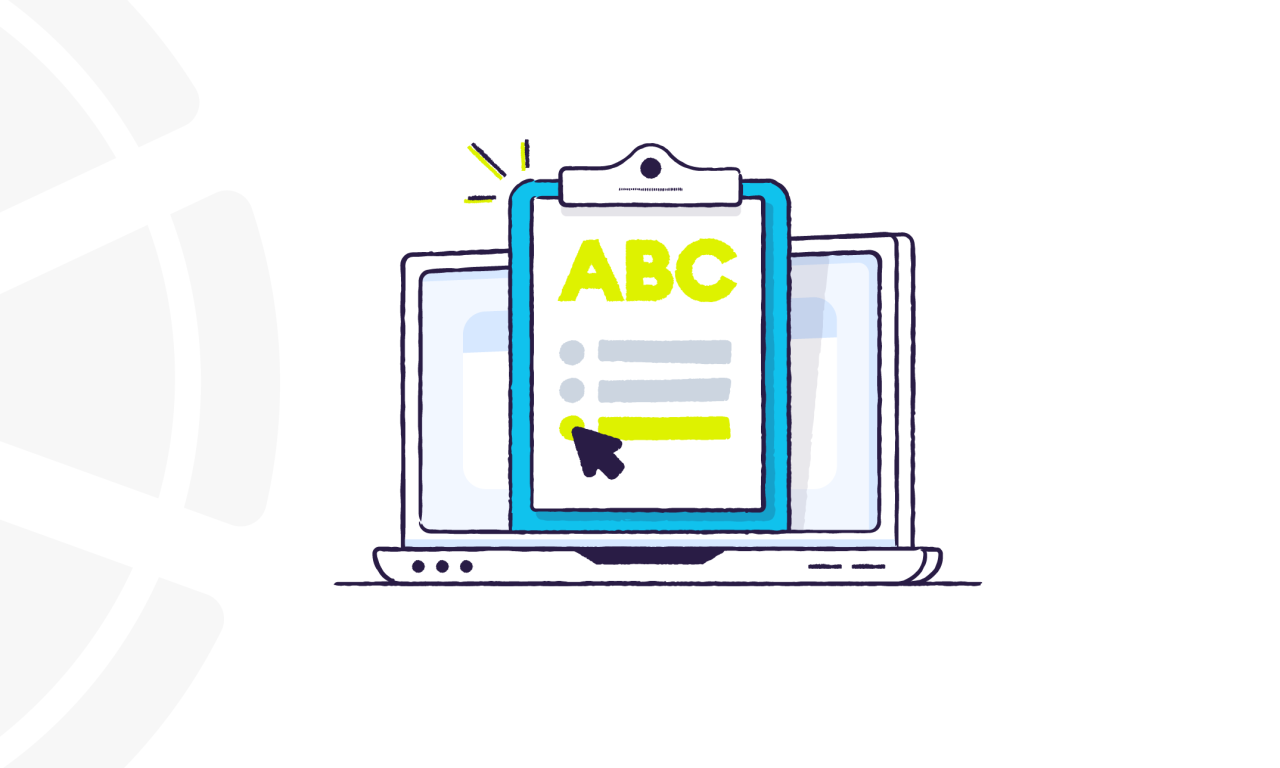Are you falling behind on your competitors?
The natural response to situations like this, is to do all you can to get ahead of the competition. So, if your competitors are ranking at the top of Google for the keywords that you're prioritizing, then it's likely that they have a solid backlink profile.
You hear people talking about how important user experiences is, and how exceptional content impacts your audience and your search rankings positively. But included in that list, is the fact that links are perhaps one of the most important pieces of your SEO strategy.
You will struggle to achieve the ranking you want on Google search without them.
"I can tell you what they [the top ranking factors] are. It is content. And it's links pointing to your site."
~Andrey Lipattsev, Search Quality Senior Strategist at Google.
But, your competitors are already way ahead of you. They have tons of backlinks, and you're just barely doing all you can to keep up. That's a bad thing, right?
Well, not exactly.
Look at it this way. If these same people are linking to your competitors, then chances are, they'll be happy to link to you too. (Since you and your competitors are in the same niche). It's just a question of who has better goods to offer.
And this is where you come in…
Identifying Your Competitors in the Same Niche
The general advice would be to keep an eye on the competitors you can easily find on the first page of Google's search results.
But don't jump in so hastily. There are two types of competitors that you need to keep an eye on.
- Domain competitors: These are the competitor sites that compete with yours for search terms across every page you have in your website.
- Page competitors: Some page-level competitors aren't entirely large competitors on a whole. They compete with your site on specific topics and keywords.
To locate these two types of competitors, you’re going to have to employ the use of certain tools, like Ahrefs to get a complete backlink profile. And then arrange for a spreadsheet to compile your finds all together.
How to Spy on Your Competitors and Get Their Backlinks
Spying on your competitors doesn’t have to be as seedy as it sounds. It's all about learning and growing. In being aware of what your competitors are doing, or in this case, what kind of links they're getting, you learn their strengths and their weaknesses. You get to find out what works, and what doesn't.
So, let's jump into these tactics you should totally do to take advantage of what you can, and improve your brand's link profile.
#1 Find sites that link to your competitors
You can easily replicate links and find great opportunities by finding a site that links to more than one competitor. "Hub" is the popular term for sites like this. And you can think of them as fertile soil to do some link building.
For niche forums, signing up in sites like Medium to showcase your content and your knowledge in a particular subject.
Recommended: 5 Link-Building Tactics You Should Stick with in 2019
#2 Use the Skyscraper technique
Let's take a little refresher, and recall back in 2015, when Brian Dean first coined the term, "Skyscraper Technique."
In a nutshell, you need to find your competitors' most famous piece of content. You create something better. And you promote that remastered article to earn even better links.
Recommended: 5 Ways to Create Content that Will Attract Backlinks in 2019
One of the biggest benefits that come with implementing the use of the Skyscraper Technique is that you already have a list of sites you could reach out to once your content is live.
#3 Target the same sites for guest posting
One of the more well-known and effective ways of link building is guest blogging. And it's not going to be just you doing this, it's your competitors too. It’s safe to say that you’ve probably even spotted a couple of guest post links while you’re scoping out your competitors.
Learning how to find the sites that your competitors are guest posting can be accomplished through these three tactics:
Reverse Searching Gravatar Images
There's a handy-dandy trick you can do with Google's reverse image search function. For those who don't know how it works exactly, right-click an image while you're using Chrome, and click on the option.
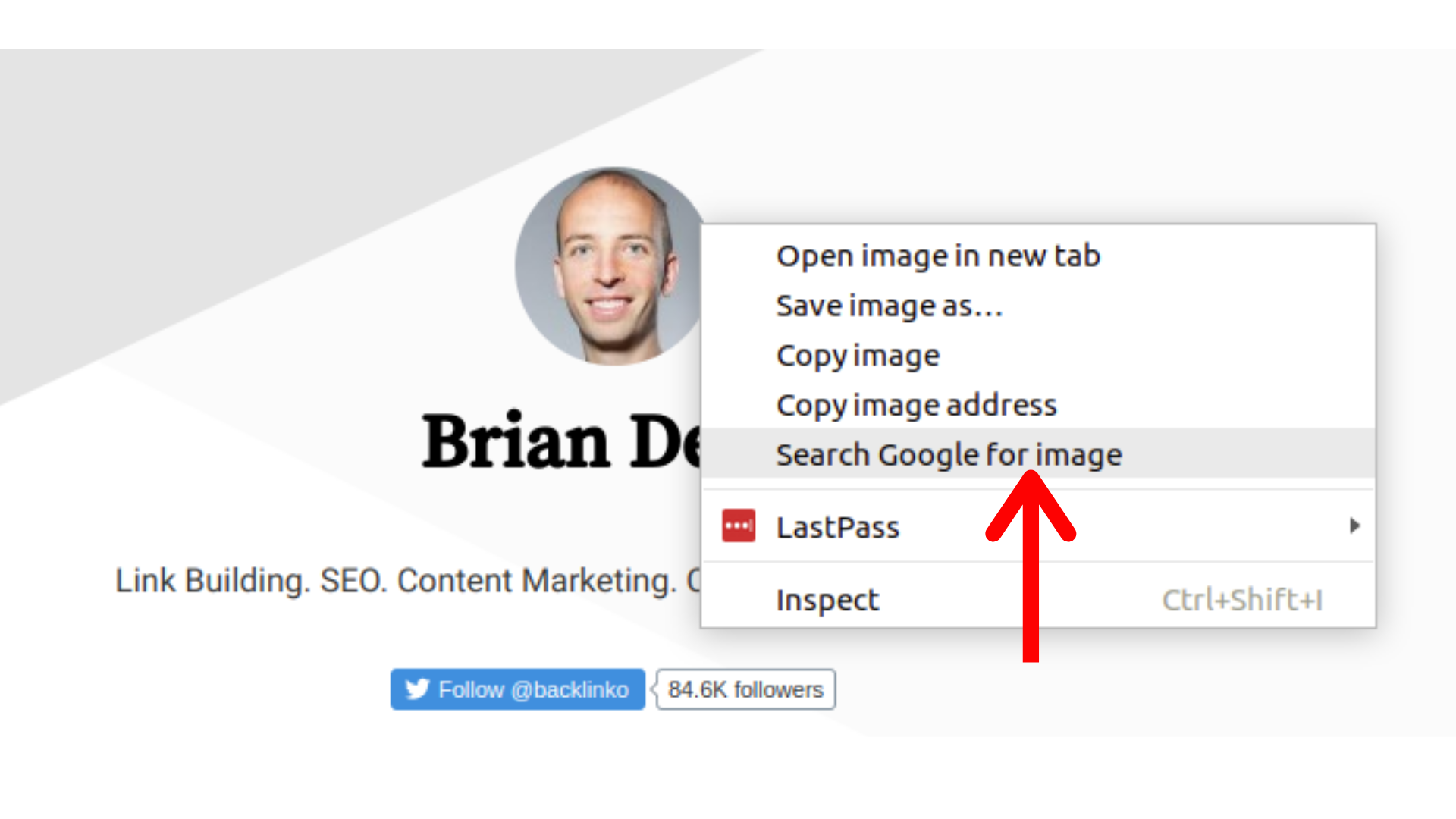
When you do so, you can find posts that have the author's Gravatar image.
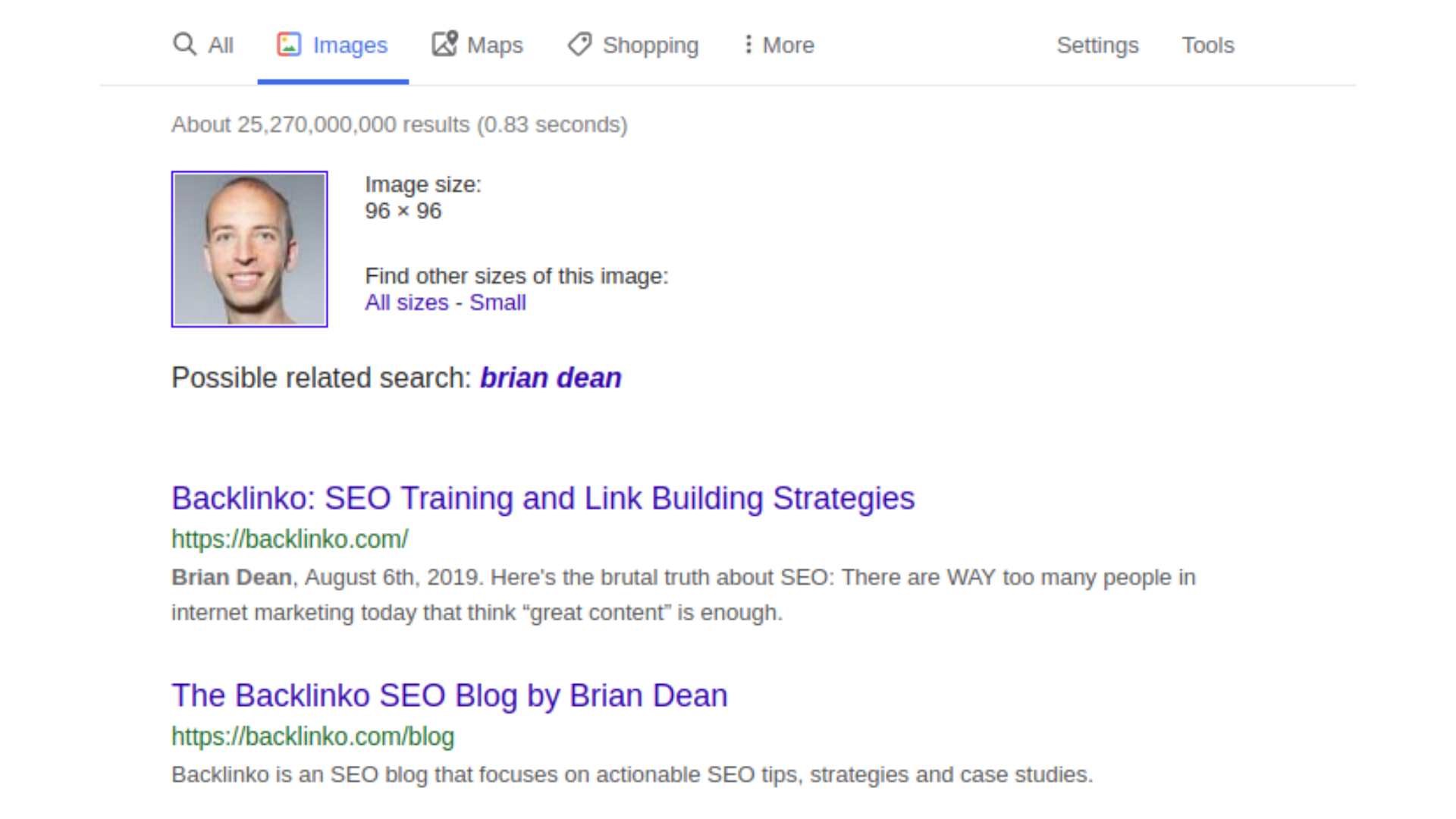
Using Google Search
Type in the author's name into the search bar coupled with the keyword that says 'guest post'.
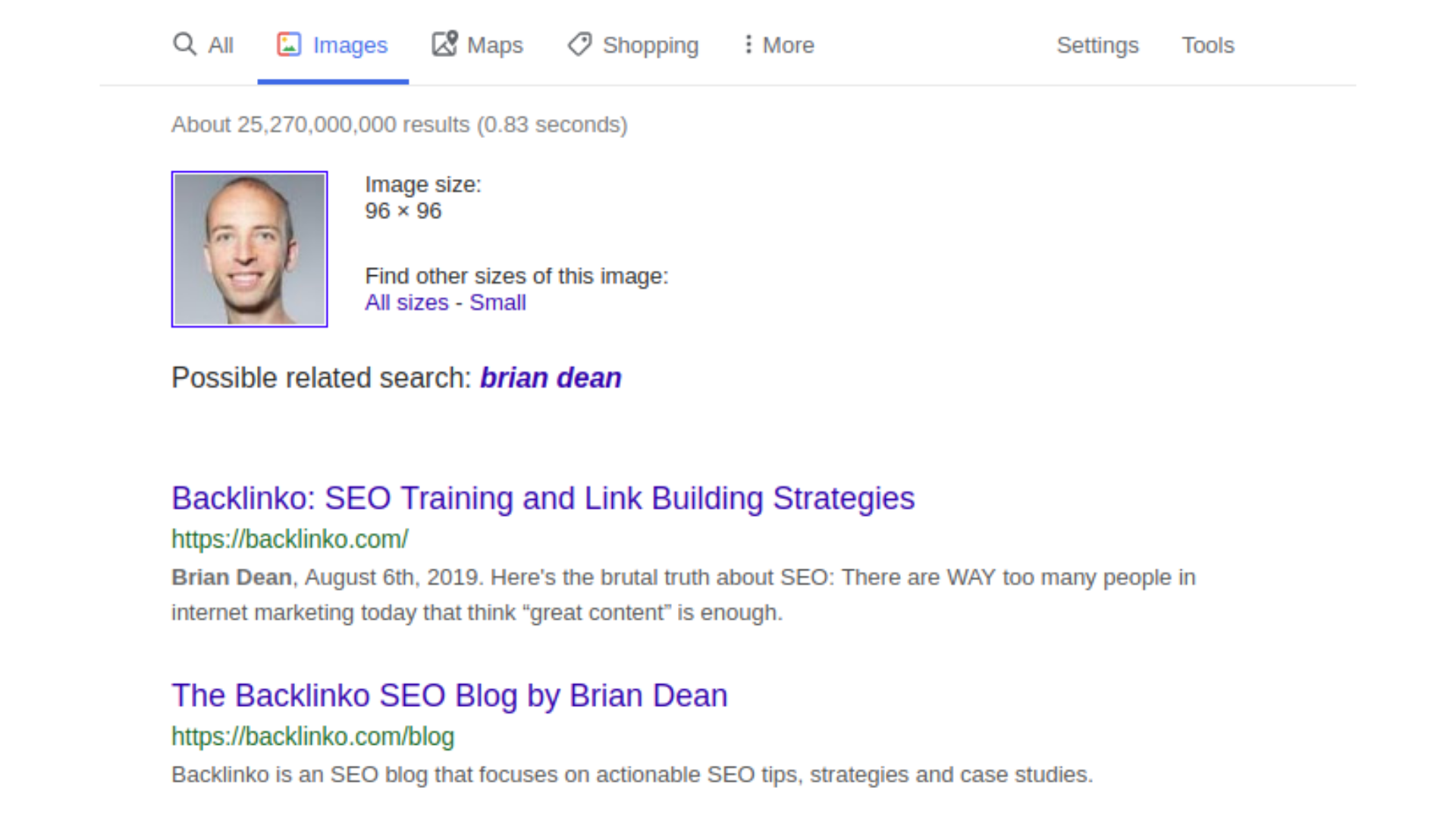
Utilize a Tool like Ahrefs
If you're using a tool like Ahrefs, you can navigate to the tool's Content Explorer. Here, you can find content written by a particular author.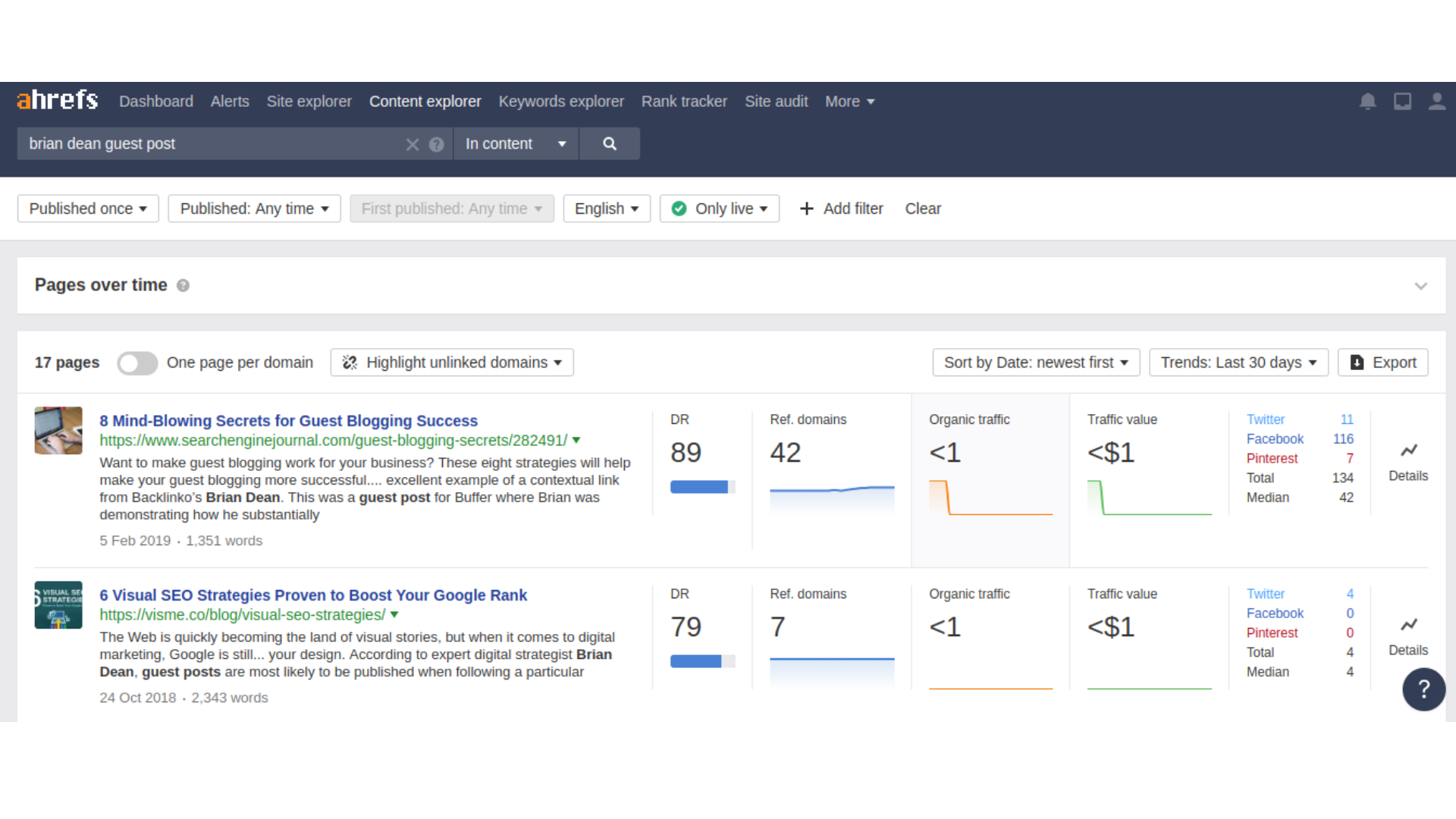
#4 Research Competitors' Homepage Links
For research purposes, find one of the best SEO companies. To make it easier, choose one from this list of top ranking ones.
To illustrate an example, we'll look at DMA Digital Marketing Agency and use Ahrefs to check out their homepage links.
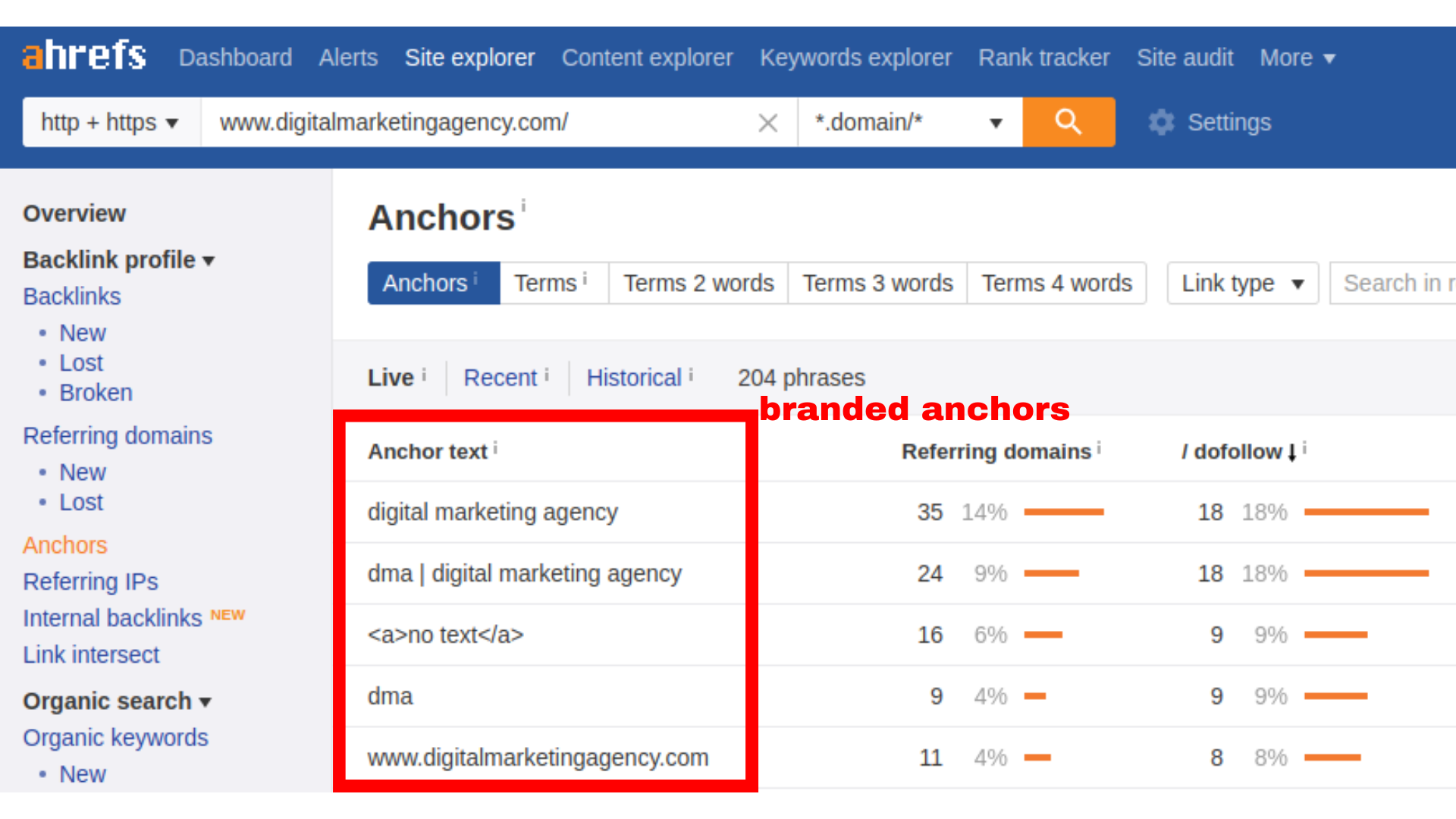
You will notice that the large majority of links actually use branded anchor texts. That is because people have a large tendency to link to home pages when generally mentioning a brand, rather than something more specific.
By analyzing competitors' homepage links, you can find where your competitors are being mentioned.
The next thing we'll do is explore DMA's domain-level competitors. Choosing one, we'll paste their link to the Site Explorer. And then we'll navigate to the Backlinks report and add a dofollow filter.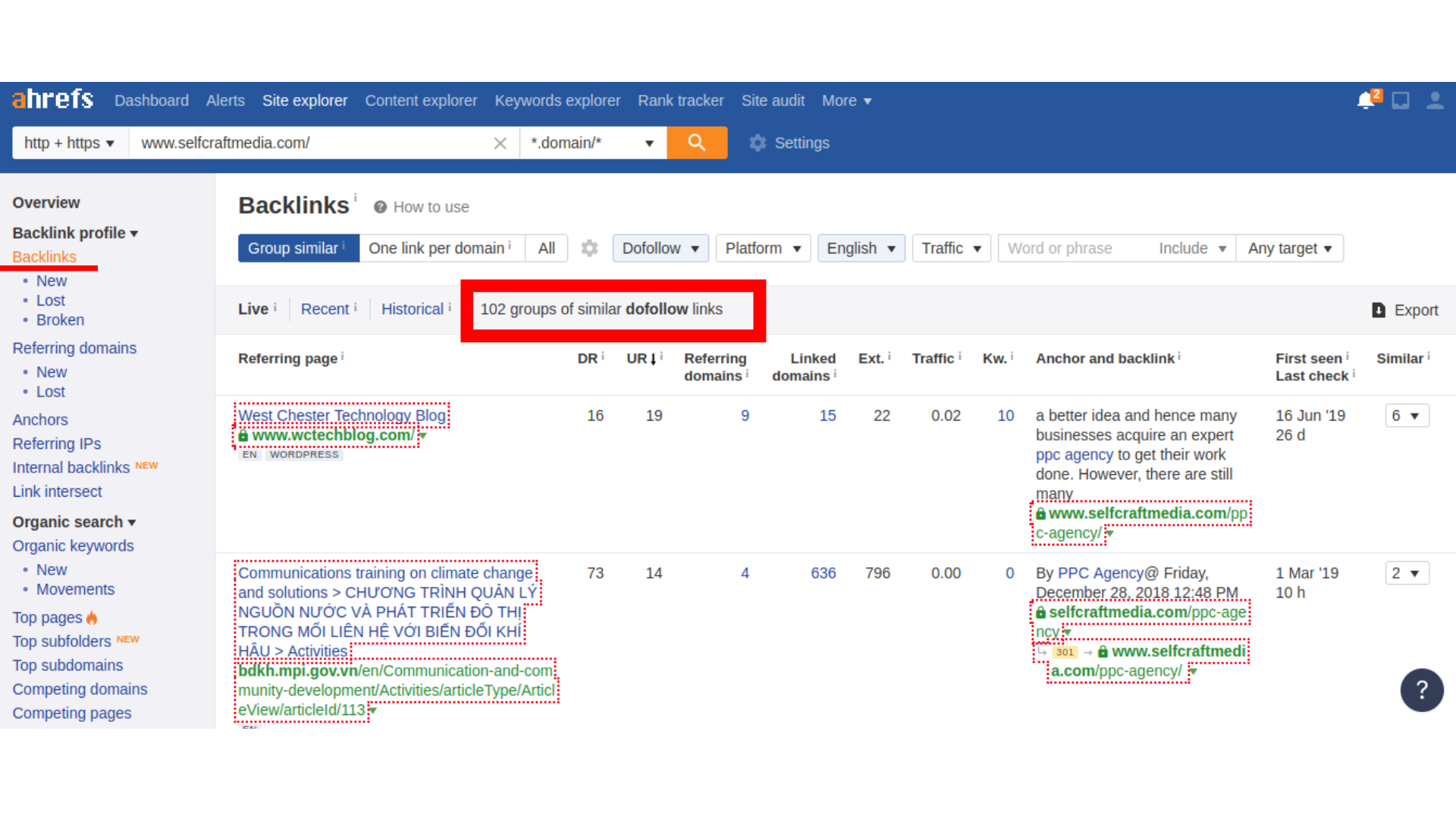
This tool will then show you all the backlinks pointing to your competitors' homepage.
The next question you need to ask is why did these links mention your competitor and not you? By looking at the anchor text, the surrounding link text, and the page title, you can easily find the answer.
#5 Keep an Eye on New Competitor Backlinks
Most of your direct competitors will attract new backlinks regularly. That's the way it is in an active and competitive niche. But does it have to be a bad omen for you?
Well, not always...
That is proof that there are link opportunities in your niche. Also, you don't have to do most of the heavy lifting. Your competitors can do it for you as you keep an eye on them.
Again, the main tool we use for this is Ahrefs; because it presents the opportunity to set up alerts for specific links that you would want to keep a close eye on.

Doing this can help you ensure that you have an endless supply of linking opportunities.
Prioritizing & Qualifying the Links You need
As you plan to gain competitive advantages, you should also know which links are qualified and which ones you should prioritize. Just because there is an endless supply of links, doesn't mean you have to replicate all of them. Beware, because there are spammy pieces of content just lurking everywhere.
To qualify a link as your own personal prospect, simply take a look at the site and think about if Google manually reviewed that site or page, would they have problems with the link?
In regard to prioritizing links, you should choose the ones that you can easily replicate.
The Takeaway
Spying and gaining competitive advantage of your competitors' backlinks is good for building a healthy backlink profile. But the over all goal here is different: to understand how your competitors are earning their links as a whole. In response, you can tweak your strategies to optimize on link building opportunities.





